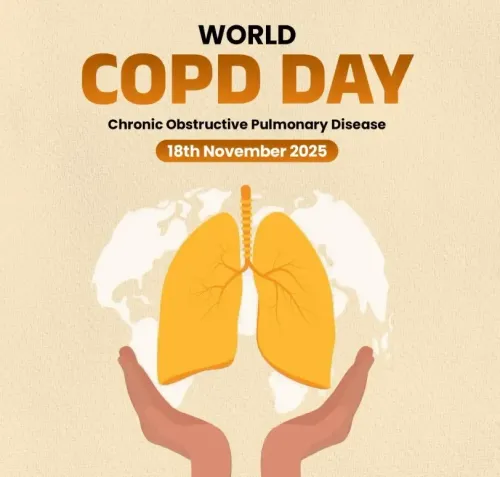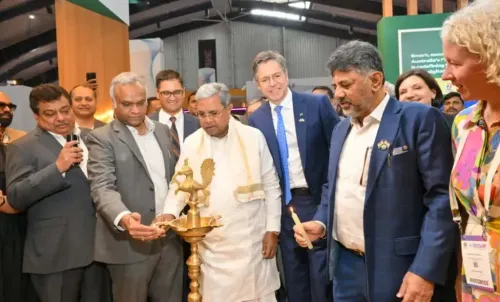Will India’s GCC workforce nearly double to reach 3.46 million by 2030 in the AI era?

Synopsis
Key Takeaways
- India's GCC workforce will reach 3.46 million by 2030.
- 58% of GCCs are moving past AI pilot projects.
- New job roles are emerging in AI governance and cybersecurity.
- Investment in Generative AI is increasing significantly.
- Tier II and III cities are becoming key players in the GCC landscape.
New Delhi, Nov 18 (NationPress) With more than 58 percent of Global Capability Centres (GCCs) progressing beyond AI pilot programs, the workforce in this segment within India is anticipated to grow to 3.46 million by 2030, creating an additional 1.3 million job opportunities, according to a report released on Tuesday.
By 2025, nearly 70 percent of GCCs are expected to invest in Generative AI (GenAI), and over 60 percent will establish dedicated AI safety and governance teams by 2026, as reported by technology and digital talent solutions provider, NLB Services.
The institutionalization of Artificial Intelligence (AI) governance across India’s GCCs is gaining momentum, the report highlights.
A significant job market impact is projected for 2026, with an 11 percent increase in job opportunities, raising the workforce in this sector to 2.4 million.
Approximately 75 percent of GCCs plan to implement GenAI into their daily operations within the next year, enhancing efficiency and transforming job roles. About 27 percent of mid-level and 25 percent of junior tech positions are being redefined as AI copilots and automation tools gain traction.
“India stands at a pivotal point in its GCC 4.0 journey, forging a unique and unparalleled combination of scale, skill, and talent. Today, GCCs are not merely exploring AI; many are advancing towards full deployment,” stated Sachin Alug, CEO of NLB Services.
New job roles are emerging within GCCs, such as Cybersecurity and AI Governance Architects, Prompt Engineers, GenAI Product Owners, and roles focused on AI Policy and risk management. Simultaneously, traditional roles are being phased out as GCCs transition towards AI-native, product-focused teams.
As many as 33 percent of GCCs have created central AI committees or Centers of Excellence (CoEs), while 29 percent oversee operations through business units adhering to audit and compliance frameworks.
India’s GCC landscape is also experiencing a notable geographic transformation, with Tier II and III cities gaining traction due to lower attrition rates, reduced office costs, and competitive talent costs compared to Tier-1 metros, as indicated by the report.
Progressive state policies are propelling the expansion of India’s GCCs, underpinned by robust digital infrastructure, talent pipelines, and incentives focused on AI.
As GCCs transition from pilot projects to comprehensive AI-driven operations, the upcoming five years will solidify India’s status as a global hub for AI engineering, analytics, and governance excellence, the report concludes.









